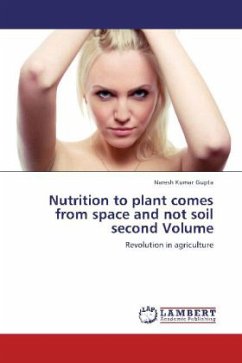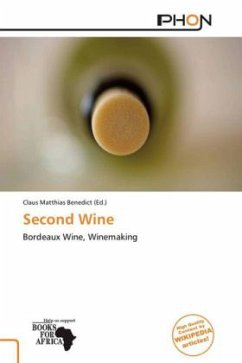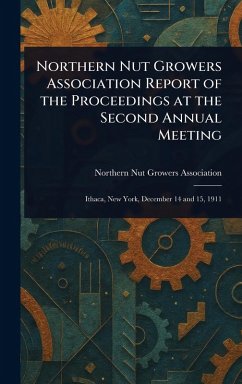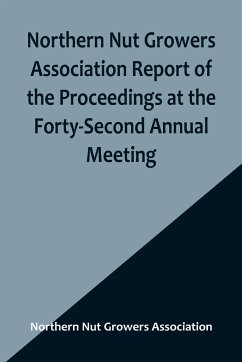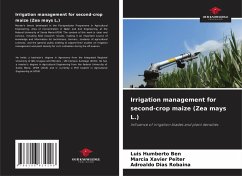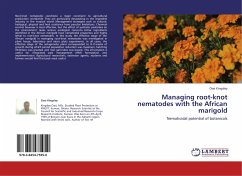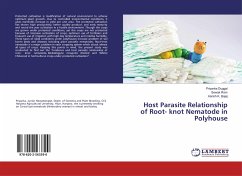
Second Green Revolution Takes Root
Raise of Hidden Half
Versandkostenfrei!
Versandfertig in 6-10 Tagen
32,99 €
inkl. MwSt.

PAYBACK Punkte
16 °P sammeln!
SECOND GREEN REVOLUTION TAKES ROOT: Green revolution boosted crop yield in the developing nations by introducing dwarf genes in wheat and rice capable of responding to fertilisation without lodging. Population growth, ongoing soil degradation and increasing costs of chemical fertilizer will make the second Green Revolution the top most priority for plant biology in the 21st century. Root architecture is critically important for determining soil exploration, nutrient acquisition by shallow basal roots, adventitious-root formation and lateral branching. Rhizosphere modification through the efflu...
SECOND GREEN REVOLUTION TAKES ROOT: Green revolution boosted crop yield in the developing nations by introducing dwarf genes in wheat and rice capable of responding to fertilisation without lodging. Population growth, ongoing soil degradation and increasing costs of chemical fertilizer will make the second Green Revolution the top most priority for plant biology in the 21st century. Root architecture is critically important for determining soil exploration, nutrient acquisition by shallow basal roots, adventitious-root formation and lateral branching. Rhizosphere modification through the efflux of H+, Osmotic Adjustment (OA) and enzymes are important for the mobilisation of nutrients (P) and transition metal avoidance of Al toxicity. Crops with greater yield in infertile soils will substantially improve crop productivity especially in the sustainability of low-input agro-ecosystems and also in high-input agro-ecosystems, thus reducing environmental impacts of intensive fertilisation.




